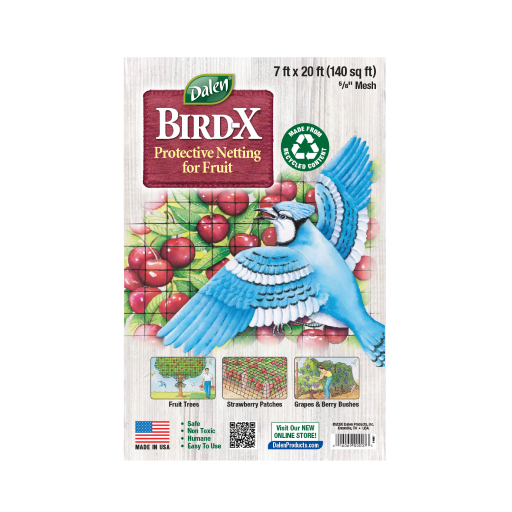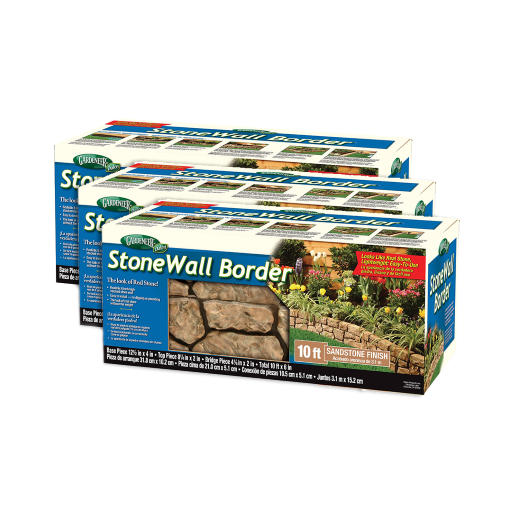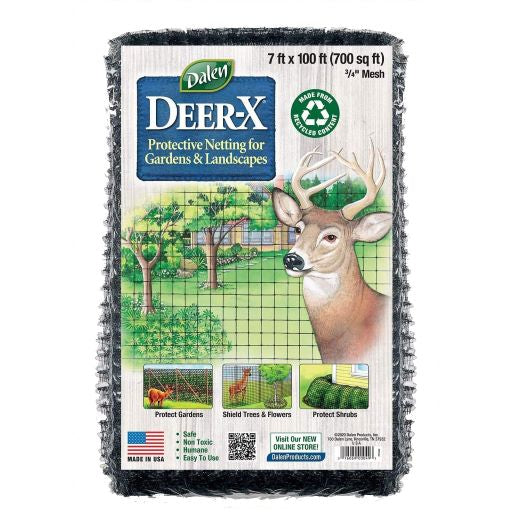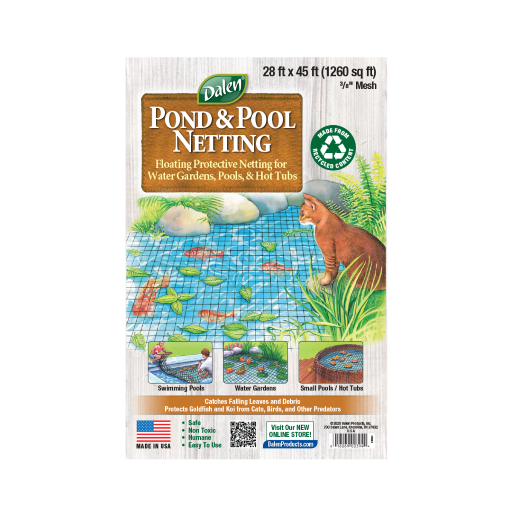
Sprouting is a simple and nutritious method of growing edible seeds, grains, or beans into tiny plants. This process involves soaking these seeds in water, allowing them to germinate, and harvesting the young sprouts. Sprouting helps enhance the nutritional value of seeds and even improves their digestibility. In this article, we'll explore the basics of home sprouting — from how to grow sprouts and the benefits to what can be sprouted and how to cook sprouted beans. Let’s dive in!
Sprouts and microgreens are young, edible plants that differ in their growth stages, cultivation methods, and culinary uses.
 |
Sprouts: Sprouts refer to germinated seeds that are eaten along with their root, shoot, and seed. The process of sprouting involves soaking seeds in water, allowing them to germinate, and collecting them in the early stages of sprouting. Sprouts should be eaten within a few days of germination and are known for their pleasing crunch and mild taste. Some common sprouting seeds include alfalfa, broccoli, mung beans, and radish. |
 |
Microgreens: Microgreens are young vegetable greens harvested just above the soil line, including the cotyledons and the first set of true leaves. Unlike sprouts, microgreens are grown in soil or a soil substitute. They require more time to grow than sprouts, usually between one and three weeks, and they are harvested at a more developed stage. Microgreens offer several flavors and textures and can be added to sandwiches, salads, or simply as a garnish. |

Sprouting is a natural process that occurs when seeds, grains, or beans are soaked in water and exposed to the right conditions that trigger the germination process. During germination, the seed activates enzymes, which break down stored nutrients into simpler forms that are easier to absorb. Sprouts typically emerge from the seeds after a few days of soaking.
Unlike traditional gardening, sprouting requires no soil. The seeds only need water, which makes this an accessible method for anyone, no matter how much gardening space they have. Once the seeds have sprouted, you can eat them whole for a nutrient-dense addition to various dishes.

During plant growth, the first two leaves that develop from a germinating seed are known as cotyledons. These leaves have a different appearance compared to the plant’s mature leaves. True leaves are the following set of leaves that emerge after the cotyledons and have the typical shape and structure of the mature plant. They are crucial for photosynthesis, as they contain chlorophyll that helps the plant convert sunlight into energy.
Sprouts do not have true leaves; the sprouting phase occurs before the development of true leaves. The absence of true leaves is one characteristic that distinguishes sprouts from mature plants. Sprouts are typically consumed when the seeds have just initiated germination; at this point, they lack true leaves. As the sprout grows, true leaves eventually emerge after the cotyledons, marking a more advanced stage of plant development beyond the sprouting phase.
Sprouting significantly enhances the nutritional profile of seeds, grains, and beans — giving them more potent vitamin, mineral, and enzyme content. Additionally, sprouting can reduce the levels of antinutrients and make the nutrients more bioavailable for the body. Sprouts are rich in enzymes and antioxidants, which support the digestive system and general wellness.

When done correctly, sprouting is a safe and healthy practice that offers a variety of health benefits — but you need to uphold proper hygiene practices to prevent bacterial contamination since sprouts are susceptible to bacterial growth during germination. To ensure safe sprouting, it's necessary to:
- Wash your hands beforehand
- Use quality seeds
- Use clean water to soak and rinse sprouts
- Ensure proper drainage and airflow while sprouting
- Keep sprouts out of hot, humid conditions
- Keep harvested sprouts in the refrigerator
- Maintain a clean environment
Sprouting is a simple and budget-friendly method for home gardening that doesn’t require complicated equipment. The essential tools needed are wide-mouthed jars or specialized sprouting trays for soaking and draining, breathable covers to allow airflow, and a simple strainer or cheesecloth for rinsing. These tools are readily available and affordable, and they won’t take up a lot of space in your kitchen.

The easiest way to sprout is by using a wide-mouthed jar. Simply add the seeds, grains, or beans to the jar, cover it with a breathable material like a cheesecloth or a sprouting lid, and secure it with a rubber band. After soaking, drain the water and rinse the seeds at regular intervals. The inclined position of the jar allows proper drainage and airflow to create an optimal environment for sprouting.
Here’s a quick rundown of the sprouting process that will help you understand how to make sprouts at home:
| 1 |
Soak Your SeedsBegin by measuring the desired amount of seeds and placing them in a wide-mouthed jar. Add water to cover the seeds, secure the breathable cover, and soak for the recommended time, typically overnight. |
|
2
|
RinseDrain and rinse your seeds two or three times daily to keep them moist. |
| 3 |
Maintain AirflowAllow proper airflow by keeping the jar at an inclined angle, either on a rack or by placing it upside down on a dish drainer. This helps the excess water drain away and prevents the growth of mold or bacteria. |
| 4 |
HarvestOnce the sprouts have reached the desired length, usually within a few days, they are ready to be harvested. Rinse them again, remove unsprouted seeds, and store the sprouts in the refrigerator. |
| 5 |
Store Your SproutsHarvested sprouts should be placed in an airtight container and kept in the fridge. Make sure to eat them within the week for maximum freshness. |
Numerous seeds, grains, and beans/lentils are suitable for sprouting. Common choices include alfalfa, broccoli, radish, mung beans, lentils, quinoa, and chia seeds. Each seed type offers unique flavors and nutritional benefits, so you can play around and experiment with different varieties.

Sprouts are a versatile ingredient you can cook and eat in various ways. They can add a crunchy texture and a burst of flavor to a salad, wrap, stir fry, or sandwich, be blended into smoothies, or be used as a topping for soups. Cooking sprouts briefly in stir-fries or incorporating them into omelets allows you to explore culinary possibilities while preserving their nutritional value.
Whether you're a seasoned gardener or a beginner looking for a simple yet rewarding gardening experience, sprouting provides an accessible and enjoyable way to grow fresh, nutrient-packed sprouts right at home.
At Dalen, we believe in making gardening easy and enjoyable for everyone. As you explore the benefits of sprouting and learn the art of cultivating vibrant sprouts, we invite you to enhance and expand your growing journey with our quality gardening supplies. Shop now for a seamless and enjoyable gardening experience!













